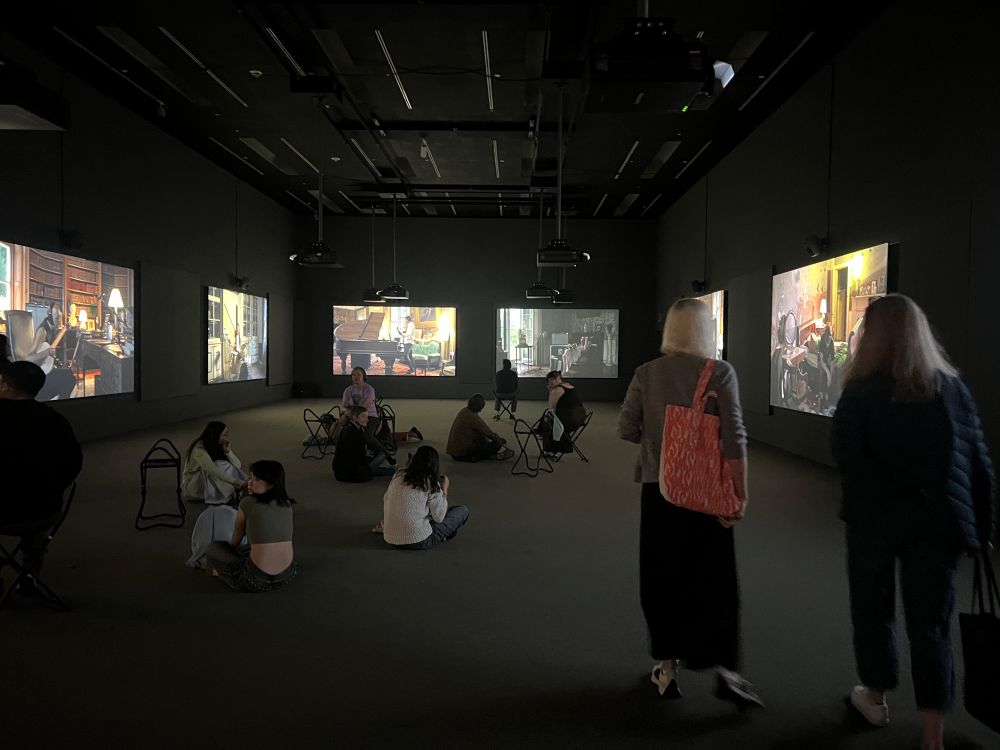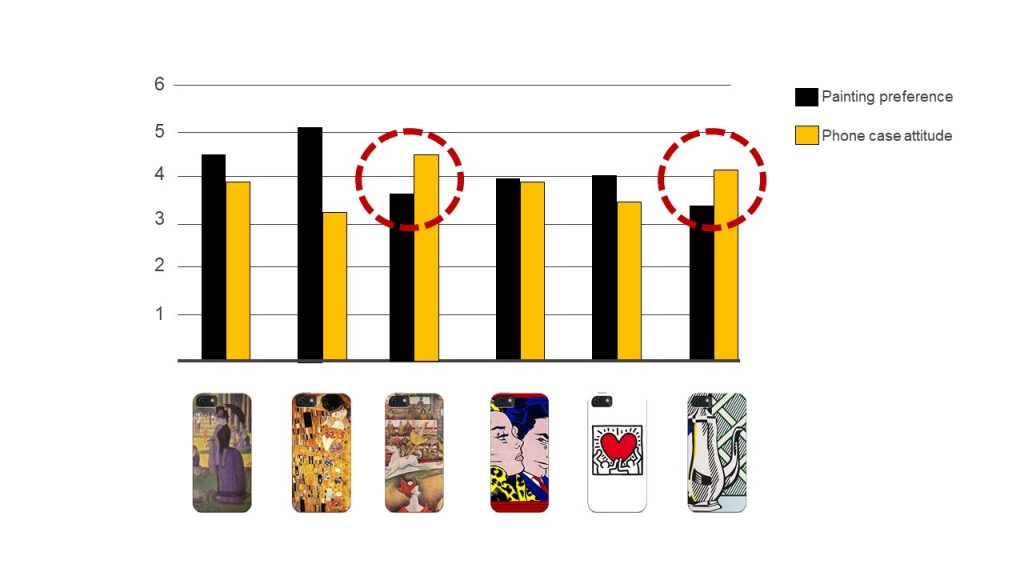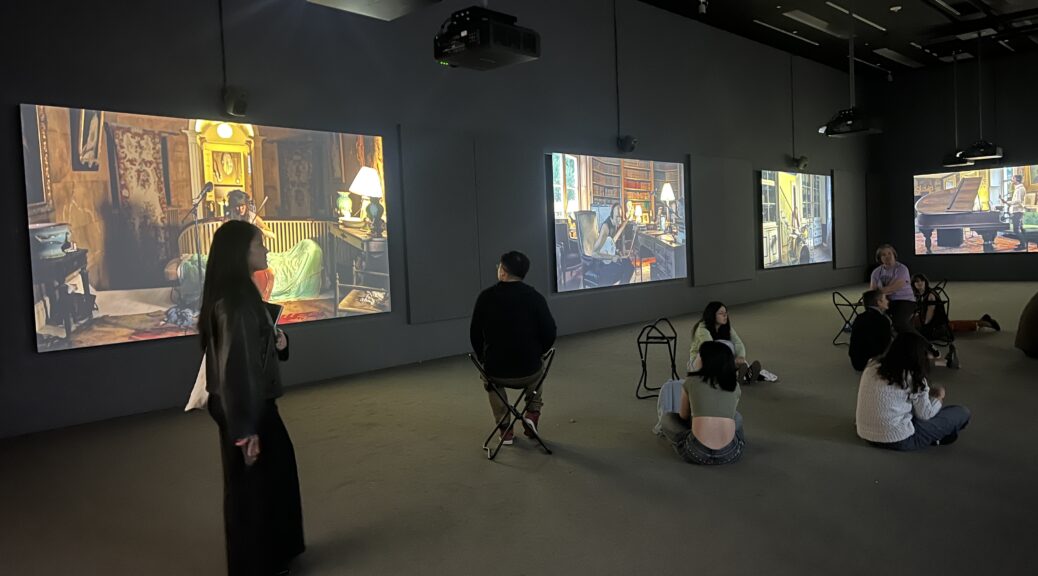
At SF MOMA, I saw The Visitors by Ragnar Kjartansson. It is a video artwork created in 2012. Nine musicians play in separate rooms of an old house. Each screen shows one person, and each plays a different instrument.
At first, I thought this kind of video could be made today by anyone using a phone. But then I realized it was made more than 10 years ago. In 2012, there was no TikTok. YouTube was not a space for art. AI was not a common word. K-pop was not yet global.

Ten years is a long time. This Icelandic artist created this work before many of us imagined how fast the world would change. Like many artists, he seemed to see something ahead. It shows how digital media can connect people who are far apart. This idea feels even more important now.

Usually, artists are seen as adding premium value. Research about art infusion shows that when a phone case includes lesser-known art by famous artists like Circus by Seurat or Still Life with Coffee Pot and Flower Pot by Lichtenstein, people like it more.
But The Visitors suggests artists can do more than add value. They can foresee the future. For mysterious reasons, artists often live ahead of their time and sense the future before it arrives. This work still feels like now, even though it was made in 2012.
***
Reference
Jung, Bohee, Younjoon Lee, and Jaewoo Joo (2017). The Relationship between Art Preference and Attitudes toward Art-Infused Product: With a Focus on the Moderating Role of the Market Exposure of Artwork. Archives of Design Research, 30 (2), 197-211.
Background: As the quality of life improves, people’s interest in art increases and their emotional satisfaction becomes important. Companies often apply artwork to their product packages with the aim of satisfying people’s emotions and enhancing their brand value. However, they tend to apply well-known artwork without considering the characteristics of their target consumers. Therefore, this study aims to understand whether people’s preferences for artwork influence their attitudes toward art-infused products.
Methods: We examined whether people’s attitudes toward art-infused products are influenced by their preferences for and the market exposure of artwork. We conducted a study by recruiting 380 undergraduate students in Korea. In the study, we used 6 artworks carefully selected from textbooks and 6 art-infused hypothetical mobile phone cases accordingly.
Results: Our study revealed two findings. First, people’s attitudes toward art-infused products increased as their preferences for the artwork increased (hypothesis 1). Second, the effect of people’s art preferences on their attitudes toward art-infused products was greater when the artwork was less exposed to the market than when it was highly exposed (hypothesis 2).
Conclusions: The results of this study show that when an artwork is selected for product packaging, people’s preferences for the artwork and its market exposure should be considered, suggesting that selecting a well-known artwork is not always the best option. In sum, this study contributes to the academic discussion on mere exposure effect and art marketing, and it provides insights for designers who aim to apply artwork to differentiate their products.

